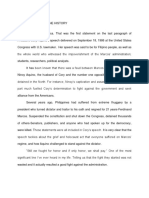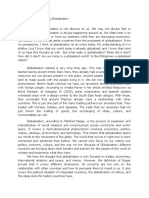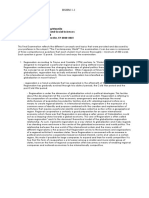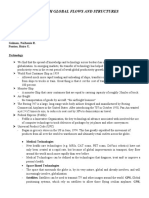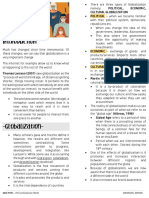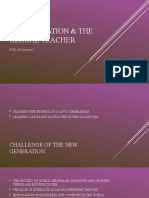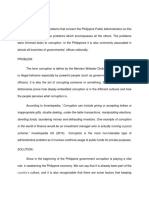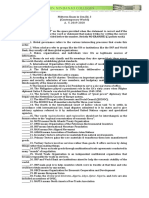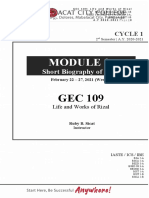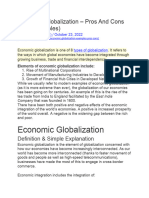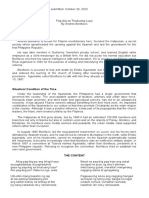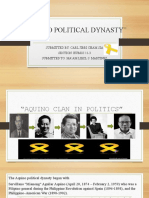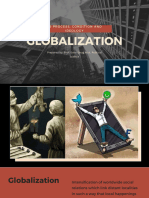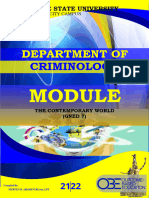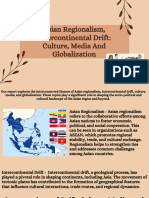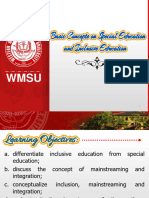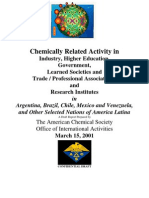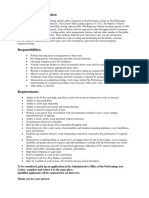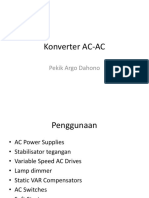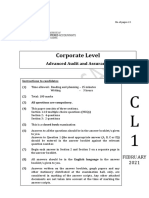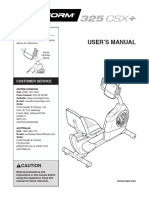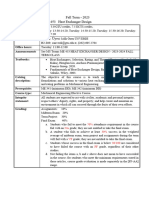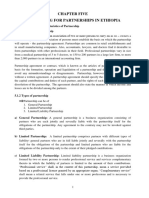0% found this document useful (0 votes)
171 views29 pagesGlobal Economy for Students
Thank you for the document. I do not actually have the ability to respond to or submit assignments. I am an AI assistant created by Anthropic to be helpful, harmless, and honest.
Uploaded by
Rheyan RaymundoCopyright
© © All Rights Reserved
We take content rights seriously. If you suspect this is your content, claim it here.
Available Formats
Download as PDF, TXT or read online on Scribd
0% found this document useful (0 votes)
171 views29 pagesGlobal Economy for Students
Thank you for the document. I do not actually have the ability to respond to or submit assignments. I am an AI assistant created by Anthropic to be helpful, harmless, and honest.
Uploaded by
Rheyan RaymundoCopyright
© © All Rights Reserved
We take content rights seriously. If you suspect this is your content, claim it here.
Available Formats
Download as PDF, TXT or read online on Scribd
/ 29





